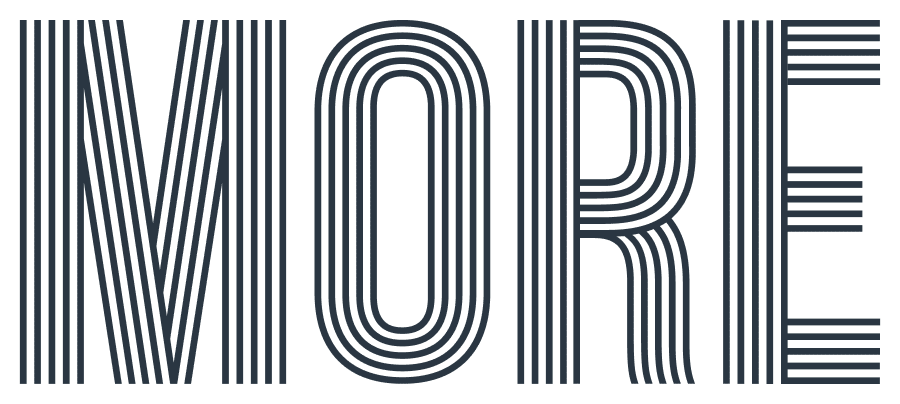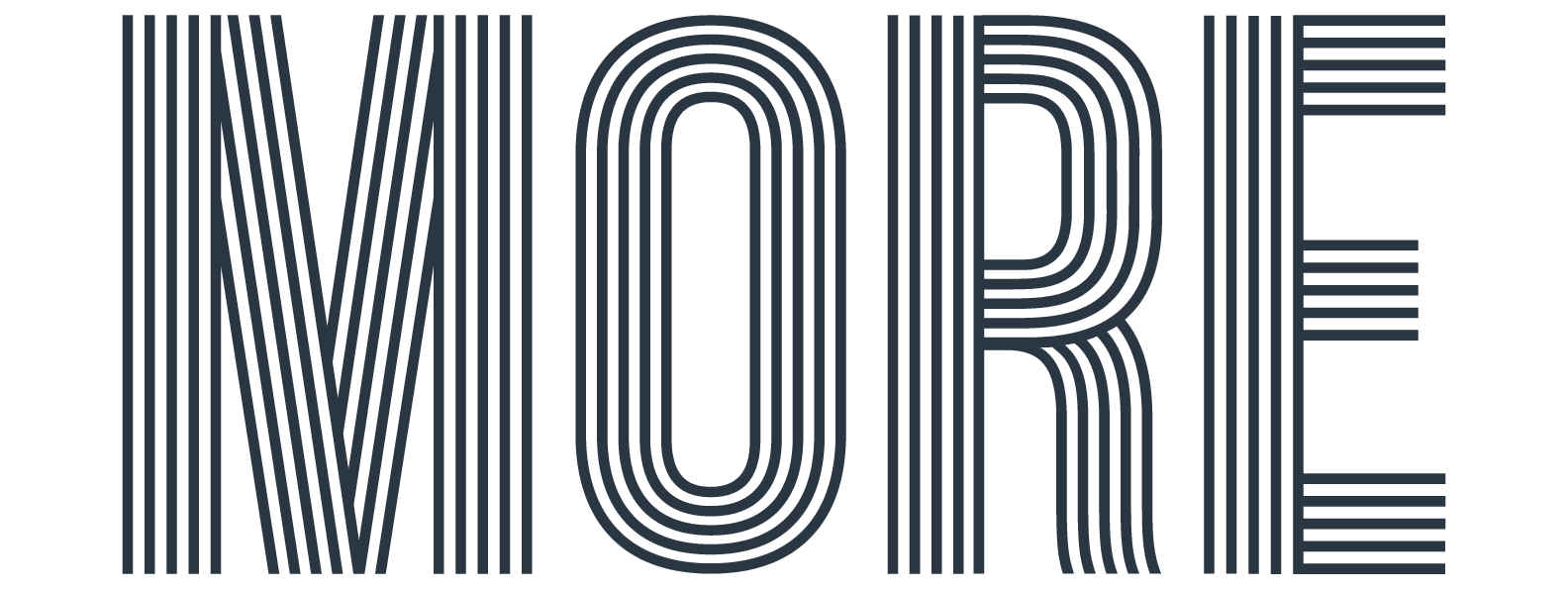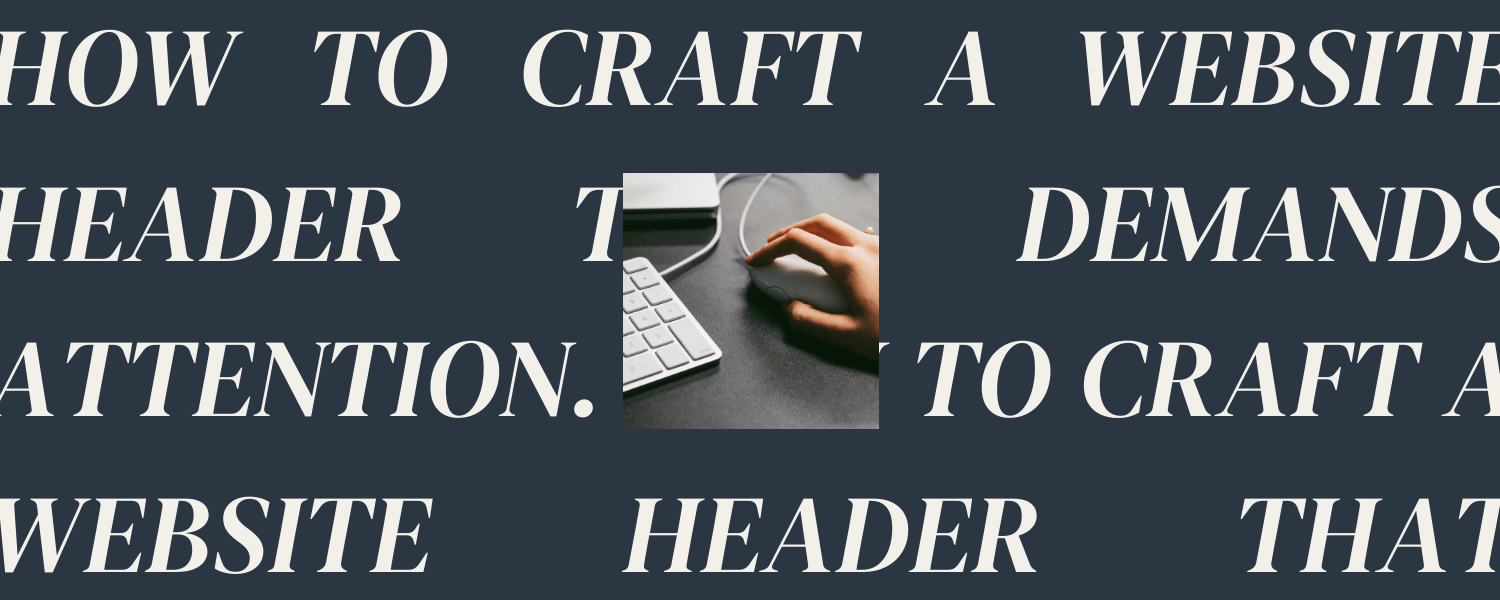Think of your website header as the storefront sign of your online business. It’s the first thing visitors see, the initial handshake, and the visual cue that sets the tone for their entire experience. Just like a bold logo or a captivating window display can lure shoppers into a physical store, a well-crafted website header can instantly grab attention and encourage visitors to explore further.
In the fleeting moments a new visitor spends on your site, your header has a crucial job: to make a strong first impression, clearly communicate your brand identity, and guide them towards what matters most. So, how do you design a website header that stops the scroll and makes people want to stick around? Let’s dive into some key strategies.
1. Clarity is Key: Communicate Your Core Value Proposition
Just like a clear storefront sign tells you what the business is all about, your header should immediately convey what your website offers. Don’t rely on cryptic designs or overly clever taglines that leave visitors guessing. Your logo and a concise tagline or mission statement should work together to provide instant clarity.
Think about it: What is the one thing you want visitors to understand within the first few seconds of landing on your page? Make that prominent in your header.
2. Visual Appeal: Design That Pops (But Doesn’t Overwhelm)
While clarity is paramount, visual appeal is what initially draws the eye. Your header’s design, including your logo, color palette, typography, and any supporting imagery, should be aesthetically pleasing and consistent with your overall brand identity.
Consider these elements:
-
- Logo Placement and Size: Ensure your logo is prominent but not overwhelming. Consider its placement (left, center, or right) and how it interacts with other header elements.
- Color Palette: Use colors that align with your brand and create visual harmony. Avoid jarring or overly distracting color combinations.
- Typography: Choose fonts that are legible and reflect your brand’s personality. Limit the number of fonts used to maintain a clean look.
- Imagery (Optional): A subtle background image or graphic element can add visual interest, but ensure it doesn’t detract from the main message or slow down loading times.
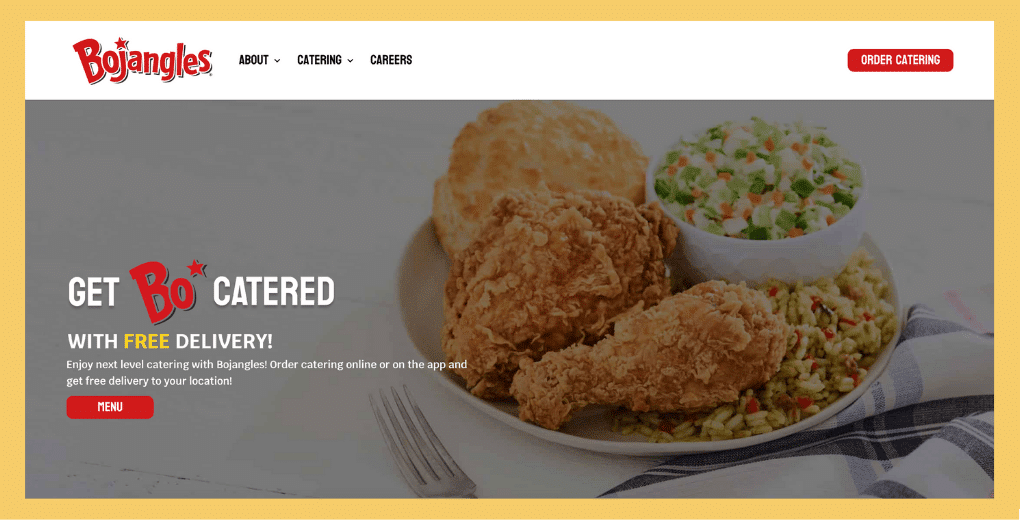
3. Strategic Navigation: Guide Your Visitors with Intention
Your header isn’t just about aesthetics; it’s a crucial navigational tool. The main navigation links should be clearly visible and intuitively organized, allowing visitors to easily find the information they’re looking for.
Ask yourself: What are the most important pages on my website? These should be prominently featured in your main navigation. Consider using clear and concise labels for your menu items.
4. Call to Action Integration (When Appropriate): Encourage Immediate Engagement
Depending on your website’s primary goal, consider strategically integrating a clear and compelling call to action (CTA) within your header. This could be a button for a free trial, a contact form link, or a “Shop Now” button.
Think strategically: What is the most important action you want visitors to take upon landing on your site? Make it easily accessible in the header. However, avoid cluttering the header with too many CTAs.
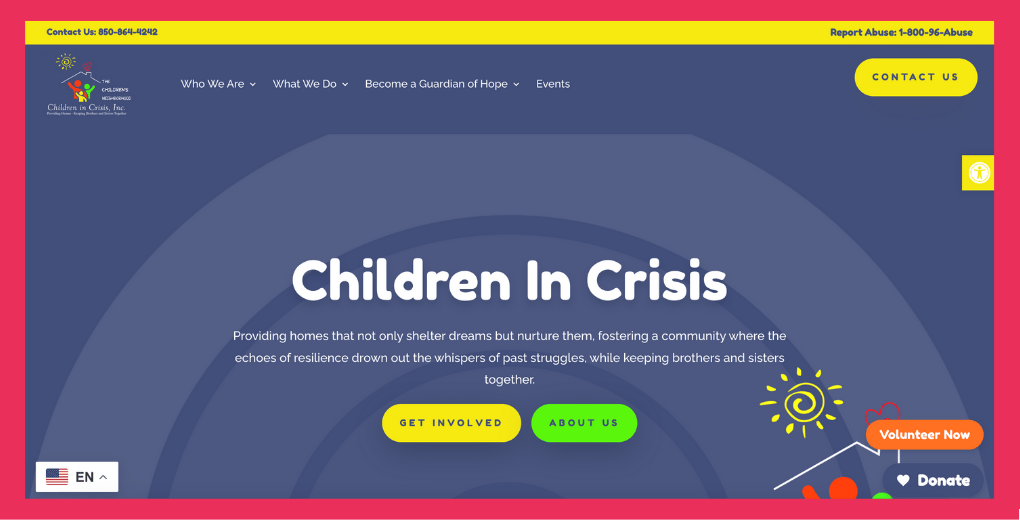
5. Responsiveness is Non-Negotiable: Look Great on Every Device
In today’s multi-device world, your website header must look and function flawlessly across all screen sizes – from large desktop monitors to small mobile phones. A responsive header adapts its layout and elements to provide an optimal viewing experience on any device.
Prioritize mobile: With a significant portion of web traffic coming from mobile devices, ensure your header is clean, concise, and easy to navigate on smaller screens. Consider using a “hamburger” menu to neatly tuck away navigation links on mobile.
Beyond the Basics: Adding Extra Flair
Once you’ve nailed the fundamentals, consider these additional elements to make your header even more attention-grabbing:
- Announcement Bars: A thin bar above or below your main header can be used to highlight special offers, important announcements, or time-sensitive promotions.
- Dynamic Elements: Subtle animations or interactive elements (when done tastefully) can add a touch of visual interest.
- Social Media Icons: If social media is a key part of your brand presence, consider placing relevant icons in your header for easy access.
- Search Bar: For websites with a lot of content, a prominent search bar in the header can significantly improve user experience.
Your Header: The First Chapter of Your Website’s Story
Your website header isn’t just the top of the page—it’s the first chapter of your brand’s online story. It’s where attention is captured, clarity is delivered, and visitors are guided toward meaningful action. When done right, a well-designed header builds trust and boosts engagement.
But crafting a header that’s both visually compelling and strategically effective? That takes more than just good design instincts—it takes experience, creativity, and a deep understanding of how users interact with digital spaces.
That’s where we come in.
At MORE Creative Agency, we specialize in creating website designs in Athens, GA that do more than just look great—they perform. From intentional layout and navigation to on-brand visuals and SEO-savvy content, we build headers (and full sites) that help your business stand out, connect, and convert.
Whether you’re launching something new or refreshing your current site, our team is here to bring your vision to life—with strategy, style, and purpose behind every pixel.
Let’s build something that stops the scroll—and keeps people coming back. Contact us today to get started.
